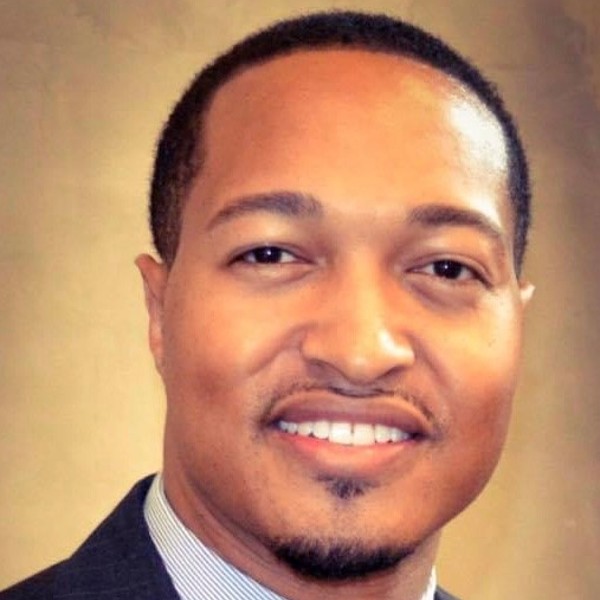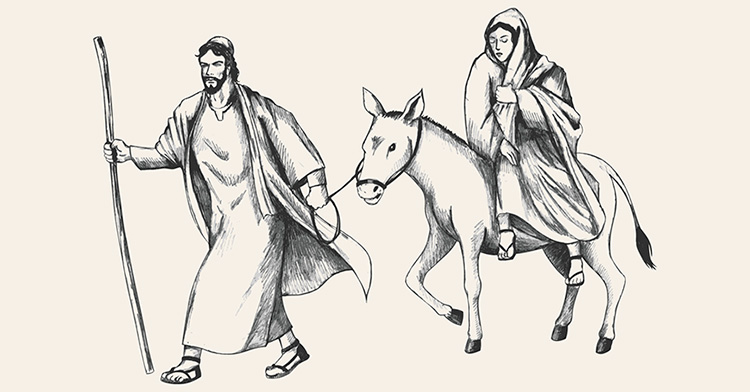The focal image for the December 2011 convention of the Episcopal diocese of Los Angeles was light; its announced theme, harmonious and constructive relations among peoples of different religions, especially among adherents of the three so-called Abrahamic faiths: Judaism, Islam and Christianity.
The bishop’s address was prefaced by an imam’s chanting a portion from the Koran about how God raises up partners and witnesses. The bishop invited us to remember saints formed and fed by other traditions.
A rabbi opened the Sabbath afternoon session with a kabbalistic midrash on God’s creation of light (from Genesis 1). According to the story, God fashioned glass containers to hold the light. But the light was too strong. It shattered the crystal, so that light spilled down and got mixed up with material creation. Our human calling on earth is to partner with God in gathering up the light to return it to its source. The rabbi challenged and encouraged: every time we do a mitzvah -- keep a commandment or do a good deed -- we liberate some of the light and so exercise our human vocation.
Eager as I am to learn from the ways Judaism and Islam construe and live into the Bible, I couldn’t suppress my inward protest at the rabbi’s homily: “Why, the message of Christmas is almost the opposite!”
Genesis 1 tells how God created a material world by giving it order and definition; Genesis 2, how God rolled up divine sleeves to make mud pies, which God huffed and puffed into life. God chose the patriarchs, material persons of determinate lineage, and led them on with material promises of agricultural prosperity, land and star-numerous offspring.
God molded Jacob’s tribes into a peculiar people, gave them the law and the prophets, to make Israel a light to the nations, a concrete incarnation and public example of what utopia -- harmonious life together with God and one another -- would be. God’s dream was that Israel’s lifestyle under God would be so attractive as to become irresistible -- “nations will stream to your light; kings to the brightness of your dawning” -- that it would spread like wildfire “from Jerusalem and Judea, to Samaria, to the ends of the earth.”
With all due respect to the kabbalists, my contrary reading is that God has been mixing it up with matter from the beginning, that our human calling is not to liberate light from its material entanglements but to embody it, to work alongside God to knead light into clay!
Unsurprisingly, my hermeneutical cue is Christmas, when God comes out of the closet, permanently joins heaven to earth and earth to heaven in the person of the Divine Word. The Word became flesh to declare that God loves this material world enough to become part of it, Adam’s race enough to join it, David’s line enough to become “great David’s greater son.” The Word-made-flesh clarifies: all nations will bless themselves through Abraham’s offspring because God numbers among them; David’s dynasty will last forever because the God-man rules the universe at the Father’s right hand.
The Divine Word does not infiltrate our world, in order to liberate the elect and “escape” them out of it into a realm of pure spirits. No! Incarnation signals God’s radical commitment to this material world.
Already in creation God “acts out” the divine intention to make material stuff as Godlike as possible while still being itself: dynamic because Godhead is active and efficacious, vital because God is life itself, personal because God is three persons abiding in mutual love and harmony. Incarnation mirror-images creation, by making God as much like humans as possible while still being Godself!
The rabbi’s midrash likens the material world to darkness or to something opaque through which light cannot shine; just as God separated light from darkness at the beginning of creation, so also God and the people of God continue the separation process.
The prologue to John’s Gospel begs to differ. Light is located in the Word-made-flesh. His light enlightens humankind twice over. His divinity or Godhead is the Creator-source of all light. In his human nature, Jesus models how to knead light into the clay of ourselves, by letting friendship with God take over the center of our personalities.
John’s Gospel confirms: there is much in our world that resists enlightenment. But embodiment itself is not the problem. Material persons were created to be ordered by divine purposes; like Jesus in his human nature, to replace the temple as the place where God indwells.
Yes, the message of Christmas is almost the opposite of the rabbi’s midrash -- almost, because both agree that the theater of our operation is the “here” and “now” of this material world. Both maintain that our assignment as God’s people is to partner with God by keeping God’s commandments, to bear witness to divine purposes by living into God’s guidance. Both acknowledge that we were not born into the material world to do with it whatever we want, for the simple reason that the world does not belong to us.
As parts of it, we do not even belong to ourselves. God has invited us into it to become God’s friends and to live as courteous guests. Where Christmas differs from kabbalistic midrash is in its assessment of what this accomplishes and its interpretation of what various commandments mean. Is God aiming to re-segregate? Or is God’s agenda more radical -- to polish material creation until it becomes transparent to the glory of God?









